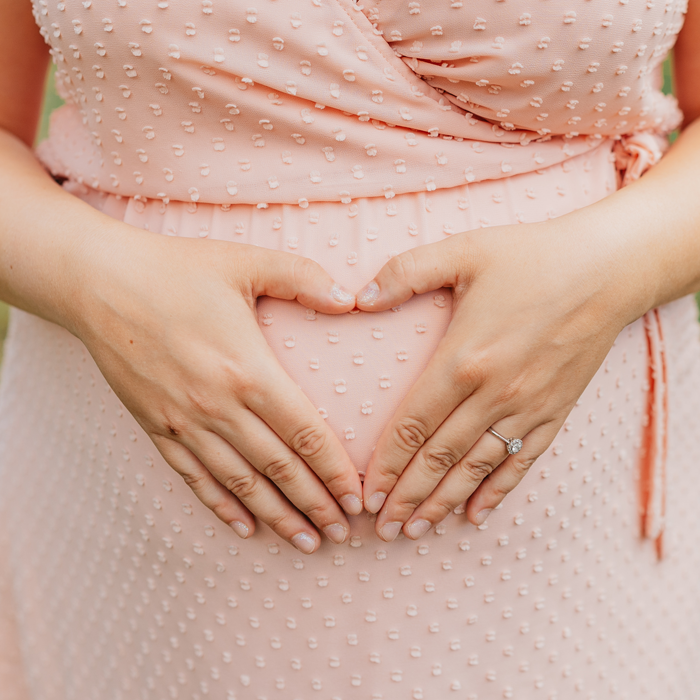It is generally known that fertility problems are common nowadays. Fortunately, couples who struggle to conceive naturally can take advantage of assisted reproduction. Many people believe IVF is associated with an increased number of twins. But is it true that the frequency of multiple pregnancies increases with IVF?
Embryo transfer
When twins were born some years ago, many suspected assisted reproduction. And they could have been right. In the past, doctors introduced more embryos into a woman’s uterus at the same time to increase the chances of her getting pregnant after IVF. The probability of multiple pregnancy after this procedure was about 20%.
In fact, it was because of the increased risk of multiple pregnancies that this practice began to be abandoned worldwide several years ago. In 2012, a law was even passed in the Czech Republic regulating the conditions for in-vitro fertilization. Couples undergoing IVF paid for by health insurance can complete four IVF cycles, provided that only one embryo was used for the transfer in the first three cycles.
The transfer of only one embryo has been the goal of our clinic since its establishment in 1999, but at first it was not easy to fully enforce this step. With the development of new methods and technologies, we achieved this goal and since 2015 we have been introducing solely one embryo. The aim is to always obtain as many high-quality embryos as possible from the harvested eggs. Success increases with the number of transfers rather than the number of embryos introduced.
Why transfer only one embryo?
Having twins is a double blessing. However, multiple pregnancies are associated with many health complications, not only for the mother, but especially for the children themselves. In addition to the increased risk of miscarriage, multiples tend to be smaller and are born prematurely. They may also have vision or breathing problems. Moreover, childbirth is usually performed by caesarean section. Although advanced perinatal care allows doctors to save children who would have had little chance of survival decades ago, complications may still occur that require admission of newborns to intensive care units.

Having multiples is not excluded
Despite using single embryo transfer, twins or multiple babies may be born. As with natural conception, the embryo can split in IVF. However, such splitting occurs after conception, usually after three to seven days. Identical twins or triplets are formed, depending on how many identical parts the embryo is divided into. In very rare cases, multiples may be born. The world record is decuplets. However, these were identical siblings who were created by almighty nature, and not as a result of assisted reproduction.



